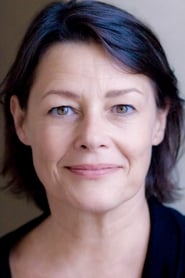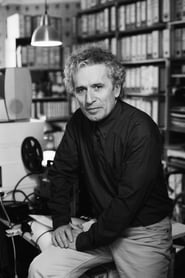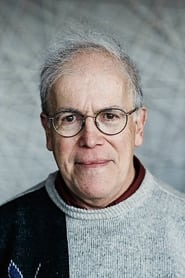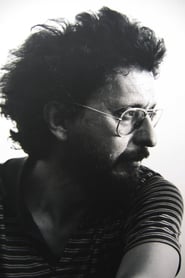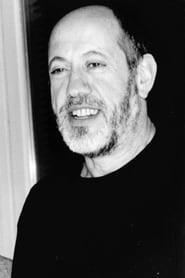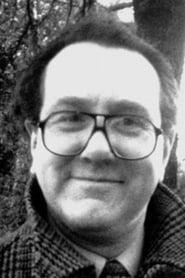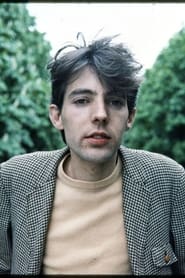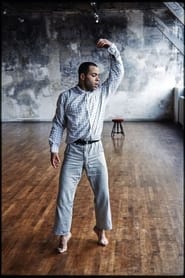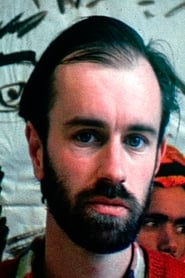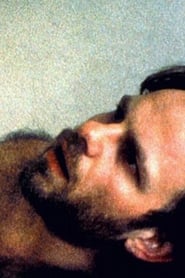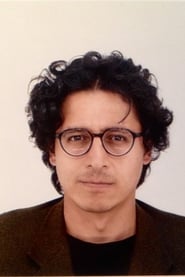The best Gaël Badaud’s movies
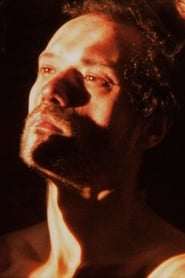
Today we present the best Gaël Badaud’s movies. If you are a great movie fan, you will surely know most of them, but we hope to discover a movie that you have not yet seen … and that you love! Let’s go there with the best Gaël Badaud’s movies.
Esmeralda
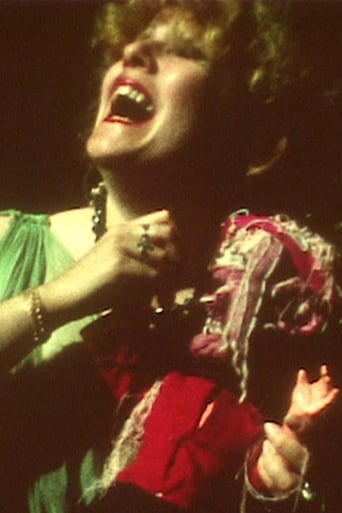
With Esmeralda, Hernandez shifts to the romantic mythology, but this descriptive aspect is secondary in the filmmaker's work, whose purpose is the constitution, by interposed myths, of a baroque cinematographic language. From this point of view, he joins the approaches of other contemporary filmmakers like Bene or Schroeter. In Esmeralda, he introduces masks from his creation to work on the physical and not only the filmic material. But Hernandez adds to his series of aesthetic variations of "stock-shots" of war plans, desolations, genocides, which brutally fall within the visual framework of his film. The filmmaker thus points out the cracks that overflow the myth in its darkest areas: the historical and social reality that obsesses us, that terrorizes us every moment.
Cristo
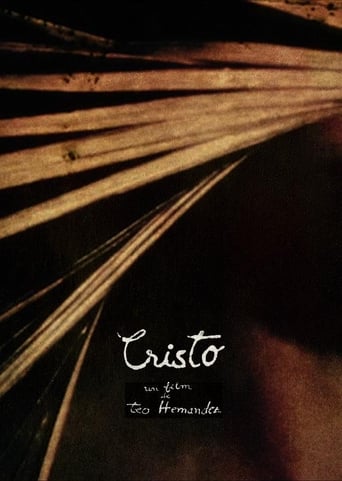
7/10
All of history, that of Christ or any other, permeates the world, leaves its mark, modifying and informing history, and all that the human reproduces and creates. The best way for historical interpretation or literary adaptation is to move as far as possible from literal interpretation. That is, it is a contemporary and personal interpretation. The story of Christ is an archetypal story. It has modified and informed a morality and a vision of the human being in the West, it must be taken for what it is and what it has become: matter.
Graal
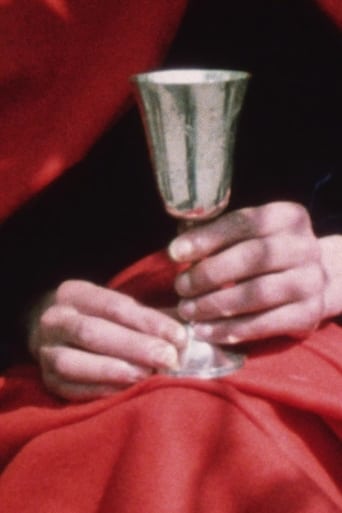
6.7/10
The film Graal goes (as well as all the films which precede it) toward an open and avowed paganism, in which pagan force and magic imbue all the subjects at all times. (...) This is not about "the" Holy Grail and its legend but about the concept of the Grail, taken in a larger sense as a universal archetype: abbreviation, metaphor of the cosmos. In fact, achievement. That is what the Grail is: the achievement's completion.
Désir
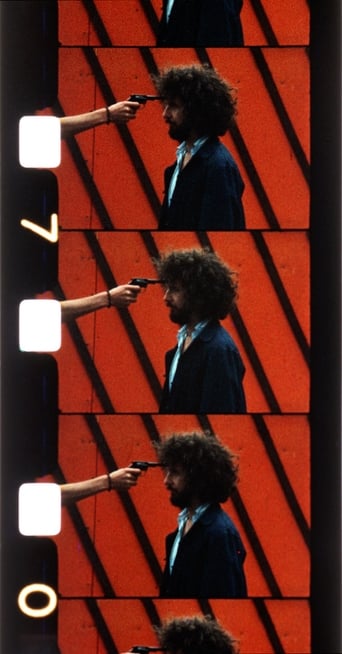
Téo
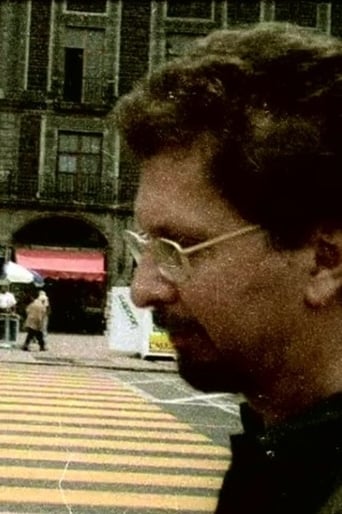
Lacrima Christi
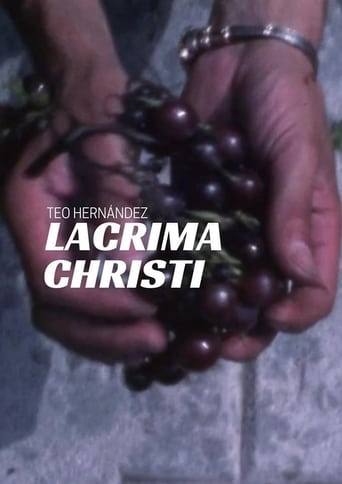
7.4/10
Lacrima Christi, third part of the tetralogy Le Corps de la Passion (The Body of the Passion, 1977-1980), is inspired by Christian mythology, from which it draws a creative transformation force, in a search for identity that questions the two cultures to which the filmmaker belonged.

Corps aboli
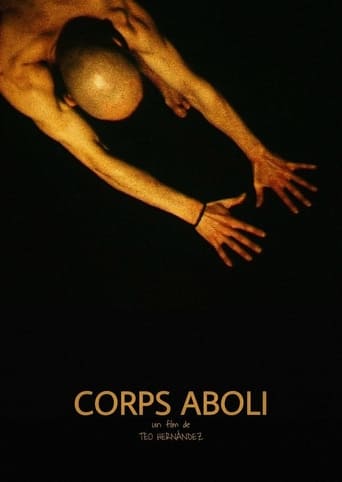
6.7/10
The purpose of the film is to go beyond the notion of the body as a system of functions, symptoms and reflexes that try to delimit the whole body. The body, represented here with all its norms, confronted with itself in a space devoid of causal references, moves towards the abolition of its image and the springing of its inner source: it is the luminous nucleus of the human body.
Gestuel
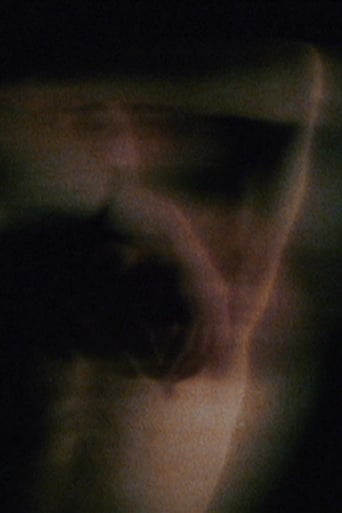
This film is the most "plastic", the most "actionist" of Nedjar: it is his In contextus or his Double Labyrinth. Except that here - a single actor filmed in close-up on a plain black background. Nedjar "wiggles" his camera, with Gaël Badaud manipulating a green net or a mirror, wearing a gas mask or covering his head with a red-skinned knit like a bloody balaclava, he inaugurates a search for luminous calligraphies that will soon be shared with Teo Hernandez.-- Dominique Noguez.
Fragments
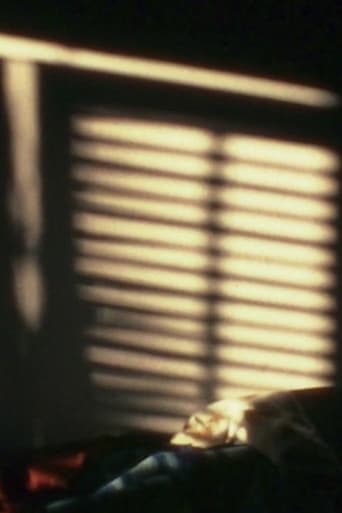
Eyes and ears travel discontinuously through everyday life and the sub-worlds of the city and the body. A fragmented and subjective day-to-day chronicle that outlines a recurring obsession for registering even the most ordinary things, where the least poetic aspects of life, that is to say, the most somber ones, become the eye’s filter.
Liberté provisoire
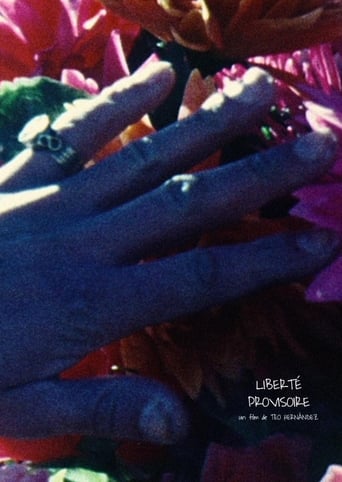
Liberté provisoire takes from everyday life, transforming the ordinary into a sensory delight. Walks in the Belleville district, Ménilmontant, leading to Père Lachaise cemetery, to the tombs of Piaf and Sarapo.
Cristaux
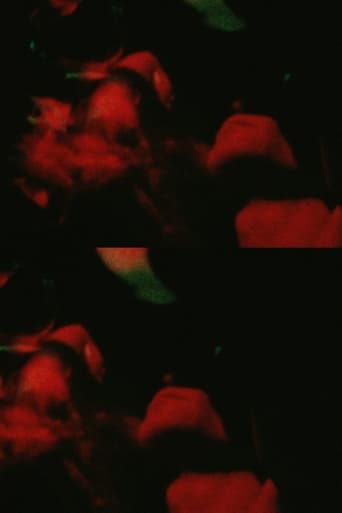
8.2/10
The tetralogy pieces are dominated by the concept and presence of death, foreclosure, fetal vertigo. As such, CRISTAUX is a real descent into an inner labyrinth, which we do not know if it is organic or cultural. At the same time, the film contains a dialectical break that initiates other semantic directions in Hernandez's work. Under the influence of Michel NEDJAR, the filmmaker abandons his traditional method of editing based on rushes. The operation is now completed inside the camera, filming. This more flexible way of proceeding ("the camera must become a second eye") is already reflected in the clear openings of Lacrima Christi: the Christian myth seems to be on the way to exorcising. The pantheistic intoxication - close to that evoked by Nietzsche - seizes places, objects and participants.
4 à 4 Métro-Barbès-Rochechou-Art
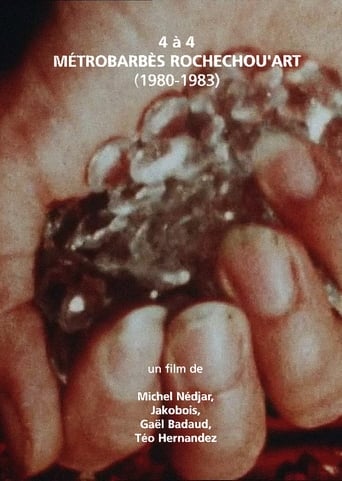
7.8/10
In the early '80s, this collective of artists invented a style of cinema made in 4 hands, where each of the protagonists is also a filmmaker.
Gong
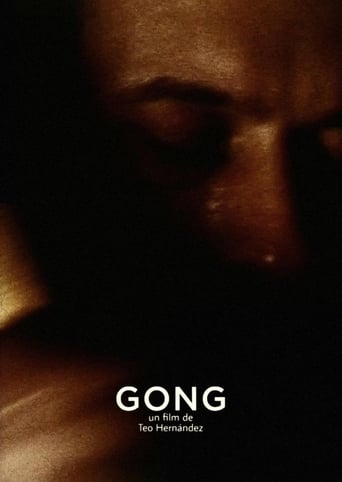
7.3/10
A gong will never abolish chance? If chance is travesty of desire, and desire movement without measure, cinema is vibration of this desire in fugue.
Gaël
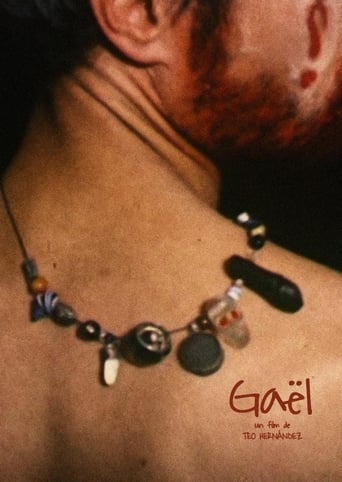
An approach to Gaël Badaud and his activity as a painter: the birth of his paintings and the tight bonds between his work and his personal experience.
Mes films commencent au moment où les autres se terminent (Conversation avec Teo Hernandez I)
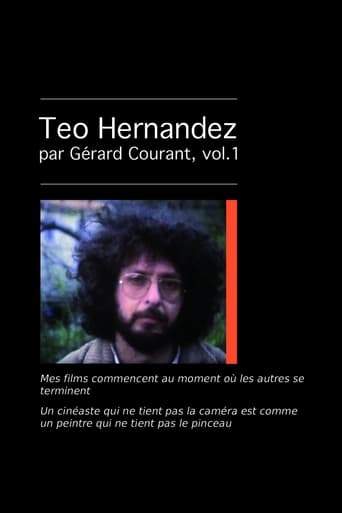
Luna India
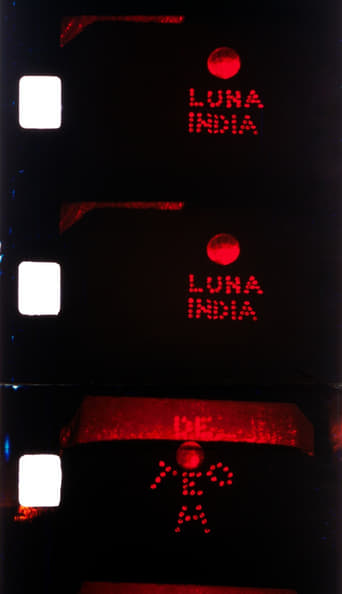
Tables d'hiver
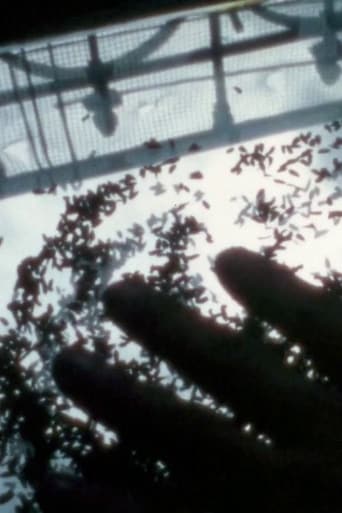
7.3/10
Winter 1978-1979: In his signature style, Hernández films hearty meals, long afternoons and candlelit dalliances inside his residence on rue des Entrepôts.
Le gant de l'autre
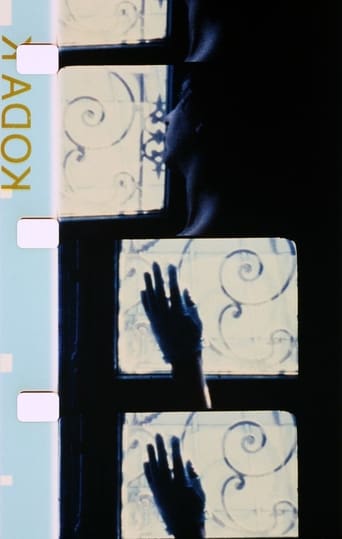
Angle
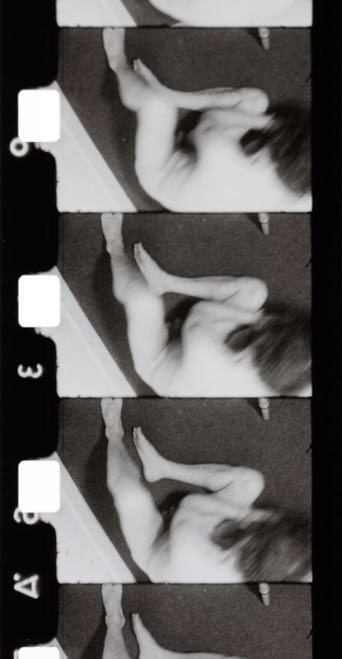
Mesures de miel et de lait sauvage
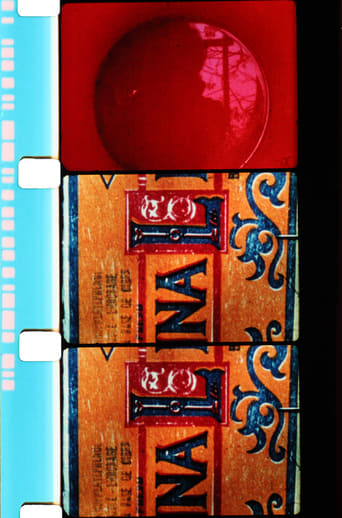
Teo Hernandez films waste and scrap found on the pavements of the streets of Paris. “Sidewalks are great subjects: garbage, objects and materials, stains, signs, are a movie subject.”
